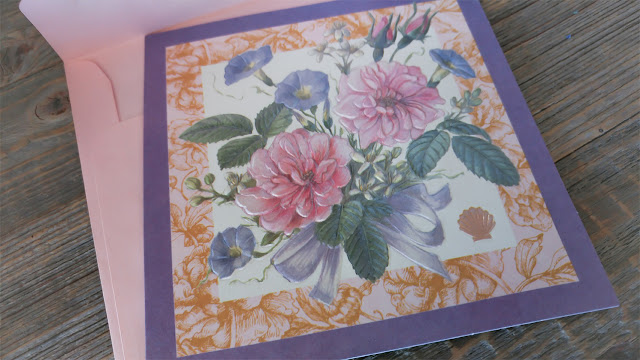Tuktoyaktuk
Once we got home at the end of July, I had intended to get our trip up to the Yukon done in several posts published very close together, but life tasks have kept me from that goal. Here we are at the end of August and the trip is no longer as fresh in my memory as I would like it to be, and so, I am sure I will be missing some of the smaller details. Warning: this is a photo heavy post. Of course, the photos do not do this wonderful place justice. If you are ever in northern Canada, do not skip driving the Dempster, and its extension, The Arctic Highway up to Tuktoyaktuk. The scenery simply amazes.
Tuktoyaktuk is a unique town, charming in its practicality. I wouldn't call it pretty. There is nothing done to hide the fact that these people live a hard life, truly living off the land. As a matter of fact, a lot of the locals were out whaling. We tasted some Muktuk, and it was interesting, an acquired taste for sure - think slightly fishy, fatty, gelatin. We also had smoked whitefish that was being prepared in a little shack right on the beach. We chatted with the men who sold us the fish, (which was delicious) and they told us that the whitefish is typically only enjoyed on Christmas Day and their staples are caribou and whale.
We only spent 3 or 4 hours in the town which has a population of 800 and a Kindergarten to Grade 12 school with and impressive 220 students. We visited the two giftshops and the grocery store, where we were shocked to see a 3lb bag of oranges was $20. I picked up a hoodie that reads, "TUK" which is what the locals call their town.
 |
It's a low speed limit, but who would want to drive any faster with
that kind of scenery to indulge in. I can see why people would want
to walk it.
|
 |
| Once past the shrubby spruce trees and into the true tundra, there are lakes as far as the eye can see. |
 |
| We arrived in Tuktoyaktuk during low tide, and so we got to explore the beaches a bit more. |
 |
This is a Pingo. A Canadian National Landmark, Pingos form only in areas of permafrost. They are ice mounds
that are covered in earth.
|
 |
A tradition mud and driftwood house. There are no trees up here at all, but there is a lot of driftwood. This
is only a tourist attraction now, and the local housing is modern.
|
 |
This is not an abandoned piece of equipment. There are also snowmobiles left alongside the highway, waiting
for the snowfall. They are used for hunting and trapping.
|






























Hi Andrea - wonderful photos to see ... with your notes - thanks for giving us a glimpse of the Arctic Ocean and area ... loved it. Cheers Hilary
ReplyDeleteYou had such an amazing adventure my friend. Thank yu for taking us along.
ReplyDeleteHi Andrea - this is a part of the world that I really do not know. I love your descriptions of the place, as I was searching for the right words, as you say it looks a hard life, better not ask for a fresh OJ with brekkie! Everything is practical and functional - like the way the snowmobiles are left ready for the next winter.
ReplyDelete